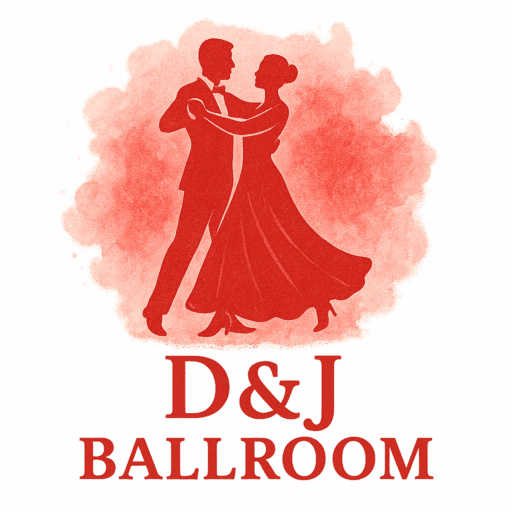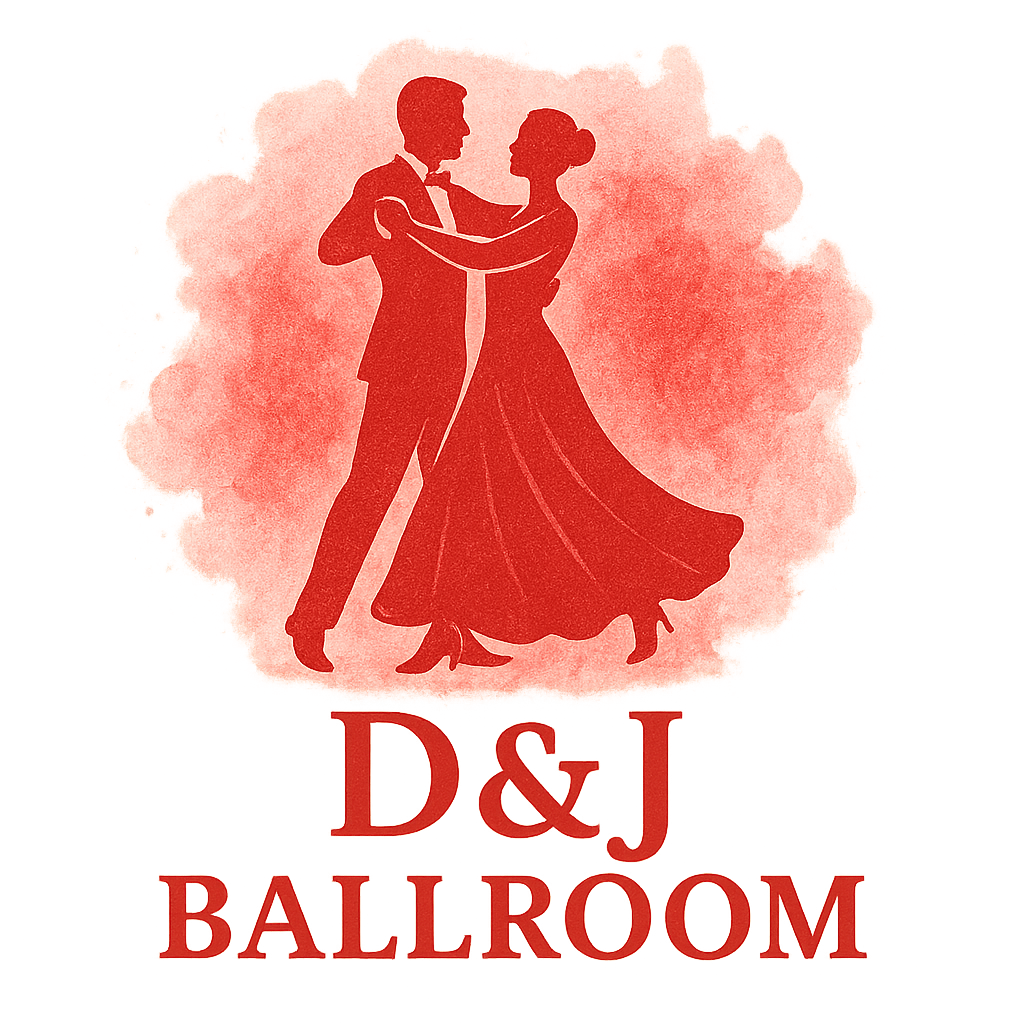Introduction
If you’ve ever admired the effortless glide of professional ballroom dancers, you’ve likely noticed one thing—they never miss a step. Their secret isn’t just posture or flair; it’s foot precision. Without accurate footwork, even the best frame and rhythm fall apart.
The exciting part? Anyone can improve their foot precision with consistent practice. In this guide, we’ll explore 10 ballroom technique drills to improve foot precision, with practical steps you can start today. Whether you’re preparing for ballroom competitions or simply enjoying the art of movement, these drills will help you level up your dancing.
Why Foot Precision Matters in Ballroom Dancing
The Connection Between Footwork and Elegance
Ballroom dance is often described as “poetry in motion.” Your feet write the rhythm, while your body provides the emotion. Precise placement ensures movements remain connected to the music, resulting in elegance on the floor. If you’d like to understand the roots of this artistry, explore the history and culture of ballroom dance.
Common Mistakes Dancers Make With Foot Precision
- Overstepping or understepping distances.
- Forgetting heel vs. toe placement in different dances.
- Losing balance during transitions.
- Ignoring alignment with their partner.
These mistakes may seem minor, but they weaken both technique and partnership. That’s why targeted drills matter.
Drill 1: Slow Walking with Heel Leads
Walking with heel leads is a core element of ballroom training, especially in waltz and foxtrot.
How to Practice Heel Leads Correctly
- Begin with controlled, forward steps.
- Roll smoothly from heel to toe.
- Maintain upright posture and frame.
This drill builds a foundation of stability and elegance.

Drill 2: Toe-Only Glides
Backwards and Latin steps often require toe-first movement.
Building Control Through Toe Glides
- Lead with toes, keeping heels light.
- Use small, slow movements.
- Try dancing to softer tempos for accuracy.
This drill enhances fluidity, especially in dances like rumba.
Drill 3: Rise and Fall Foot Drill
No ballroom routine feels alive without the signature rise and fall.
Using Rise and Fall for Smoothness
- Start with feet together, rising onto toes.
- Lower with control, feeling the weight transfer.
- Apply this to simple walking sequences.
It’s essential for mastering the waltz technique.
Drill 4: Quarter Turn Step Placement
Turns expose weaknesses in placement. Controlled quarter turns correct this.
Improving Alignment with Turns
- Limit turns to 90° at a time.
- Keep steps under the body.
- Use mirrors to check alignment.
This strengthens awareness of space on the floor.
Drill 5: Balance on One Foot
Balance is the dancer’s anchor.
Stability Training for Ballroom Control
- Stand on one foot for 10–15 seconds.
- Add frame or arm styling to challenge balance.
- Progress by adding slow turns.
A strong balance improves control during fast ballroom drills.
Drill 6: Feather Step Practice
The foxtrot’s feather step demands flawless accuracy.
Developing Flow in Foxtrot and Waltz
- Focus on clean forward walks.
- Align shoulders and hips with steps.
- Practice with a partner for flow.
This drill transitions well into competitive foxtrot routines.
Drill 7: Tango Walk Precision
Tango walks require sharpness and clarity.
Sharpness and Accuracy in Tango Footwork
- Step with bold intention.
- Avoid dragging the foot.
- Add pauses for dramatic control.
For more tango-specific insights, check out tango technique resources.
Drill 8: Cha-Cha Lock Steps
Latin dances rely heavily on quick precision.
Rhythm Control with Quick Footwork
- Practice lock steps slowly.
- Keep knees soft and hips active.
- Build up speed with cha-cha music.
This sharpens rhythm for Latin dance styles.
Drill 9: Cross-Body Step Exercises
Cross-body actions appear in both Latin and standard.
Enhancing Versatility in Latin and Standard
- Step across your center line carefully.
- Keep the movement small.
- Repeat for muscle memory.
This adds versatility across multiple dance styles.
Drill 10: Shadow Practice with a Partner
Dancing is teamwork, and shadow practice brings unity.
Synchronization and Footwork Awareness
- Mirror steps side by side.
- Focus on timing and placement.
- Adjust until perfectly matched.
This drill is invaluable before ballroom events and performances.
Tips to Maximize Your Ballroom Technique Drills
Consistency Over Intensity
Practice five minutes daily instead of one long session weekly.
Recording and Self-Correction
Videos highlight errors you might miss in the moment.
Using Mirrors and Floor Markers
Floor tape helps create consistent step placement.
How These Drills Translate to the Dance Floor
Building Muscle Memory
Repetition ensures correct steps become second nature.
Confidence in Social and Competitive Dancing
When you trust your feet, you dance with freedom—whether socially or on the competition floor.
Conclusion
Foot precision is the cornerstone of ballroom elegance. With these 10 ballroom technique drills, you’ll sharpen your steps, balance, and timing. Whether practicing solo or with a partner, the key is slow, mindful repetition. Precision doesn’t come overnight—but with dedication, it becomes your dance signature.
FAQs
1. How long should I practice each drill daily?
About 10–15 minutes per drill is effective.
2. Are these drills beginner-friendly?
Yes, they’re designed for dancers at all levels.
3. Do I need a partner for all drills?
Most can be done solo, but partner practice helps with timing.
4. Which drill improves balance best?
The one-foot balance drill strengthens core stability.
5. How do I measure improvement?
Record practice or ask a coach for feedback.
6. Are these drills helpful for competitions?
Absolutely—judges value foot precision highly.
7. What mistake should I avoid?
Rushing through drills—slow practice builds accuracy.


